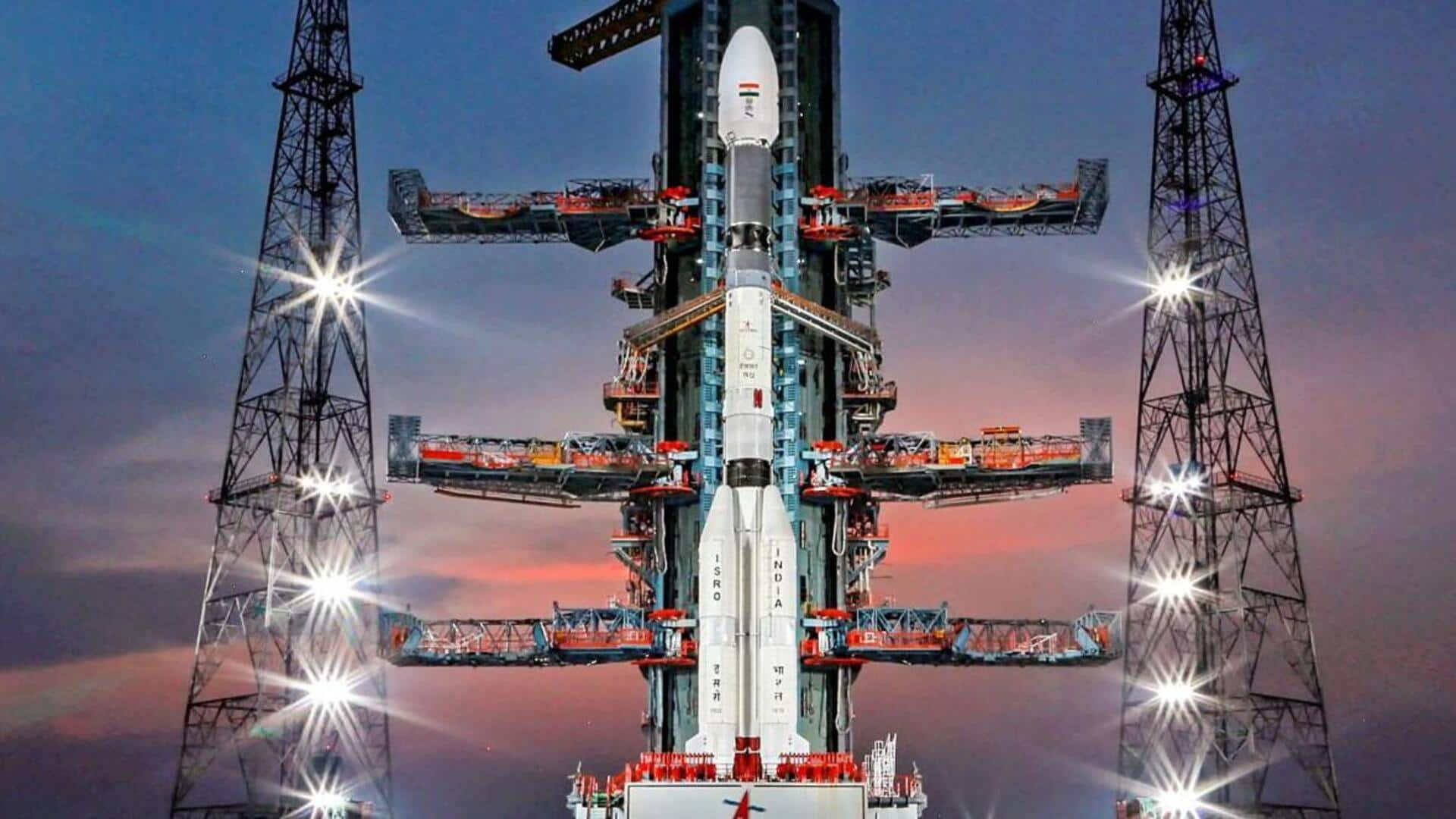
How Chandrayaan-3 differs from Chandrayaan-2
What's the story
The Indian Space Research Organisation (ISRO) is targeting to launch its ambitious Chandrayaan-3 mission on Friday (July 14). The upcoming project is ISRO's third mission to the Moon and is a follow-up to Chandrayaan-2, which was launched on July 22, 2019. Here, we take a close look at how Chandrayaan-3 differs from its predecessor and what major changes it has undergone.
Chandrayaan-2
First, let us recall Chandrayaan-2
The Chandrayaan-3 mission is ISRO's second attempt to achieve a soft landing on the Moon's surface. Earlier, Chandrayaan-2 set out to carry out the same objective in 2019 but was only partially successful. However, it represented "a significant technological leap compared to the previous missions," said ISRO. The lunar mission comprised a Pragyan rover, a Vikram lander, and an orbiter.
Failure
Chandrayaan-2 made hard landing on Moon's surface
Although Chandrayaan-2 made it to the Moon's orbit, things went awry when it was around 2km above the lunar surface. Communications with the ground stations were lost and Chandrayaan-2's lander, which also contained the rover, crashed into Moon's surface. The issue was attributed to inadequate "throttling," a process wherein the speed of the engines is gradually reduced during descent.
Twitter Post
Chandrayaan-3 based on failure-based design: ISRO chief
#WATCH | ISRO chief S Somanath gives details on Chandrayaan-3; says, "...In nutshell if you tell what was the problem in Chandrayaan-2, it is simple to say that the ability to handle parameter variation or dispersion was very limited. So, what we did this time is simply expand it… pic.twitter.com/RhOCntcEEV
— ANI (@ANI) July 10, 2023
Improvements
Chandrayaan-3 received hardware, software changes
ISRO has made a couple of important software and hardware-related changes to the Chandrayaan-3 mission, which will carry a lander and rover. Special attention has gone into the lander's thrusters, so as to prevent the problems faced by Chandrayaan-2. The lander has four thruster engines, stronger legs, and bigger solar panels and will carry more fuel. ISRO has also improved soft-landing maneuvers.
Information
Chandrayaan-3 gets 'lander hazard detection and avoidance' cameras
In addition, Chandrayaan-3 features two "lander hazard detection and avoidance" cameras to help coordinate the mission operations during the lander's descent to the Moon's surface. This can be classified as a crucial improvement from Chandrayaan-2, which featured only one such camera.
Chandyaan-3
Chandrayaan-3's propulsion module to serve as communications relay satellite
Chandrayaan-3 will not carry an orbiter, and its propulsion module (PM) will act as a communications relay satellite. It will instead depend on Chandrayaan-2's orbiter for the backup relay. The PM on the upcoming mission will carry a single science payload called "Spectro-polarimetry of HAbitable Planet Earth" (SHAPE) to help study exoplanets that may support life. In comparison, Chandrayaan-2's orbiter carried nine in-situ instruments.
Launch
Chandyaan-3 to launch atop an LVM3 rocket on July 14
Chandrayaan-3 will take off aboard an LVM3 (Launch Vehicle Mark 3) rocket from Sriharikota, in Andhra Pradesh, at 2:35pm on Friday. If successful, India would become the fourth nation to have achieved a controlled landing on the Moon, a milestone that only the United States, Russia, and China have accomplished so far. The mission will last for 14 Earth days.